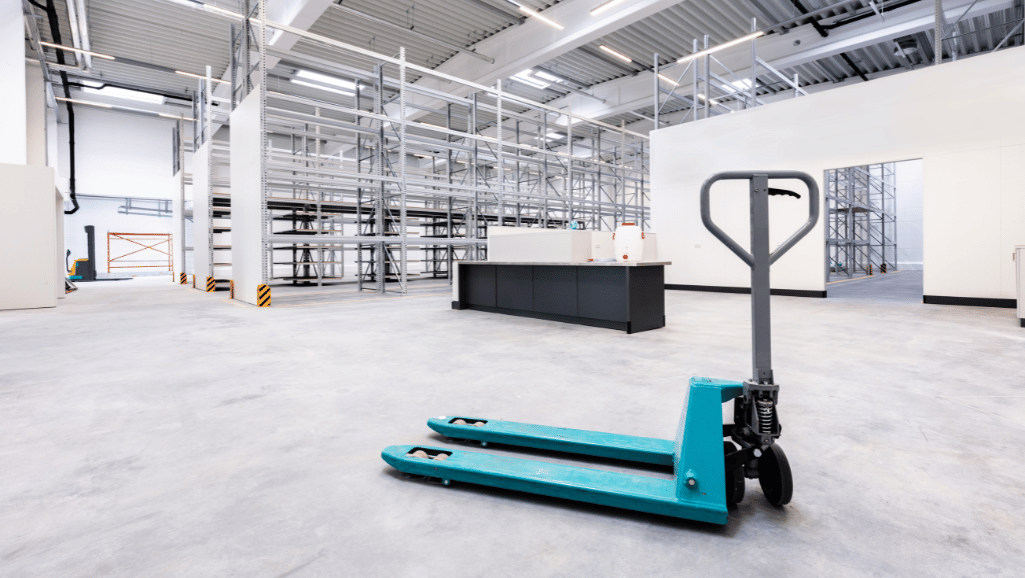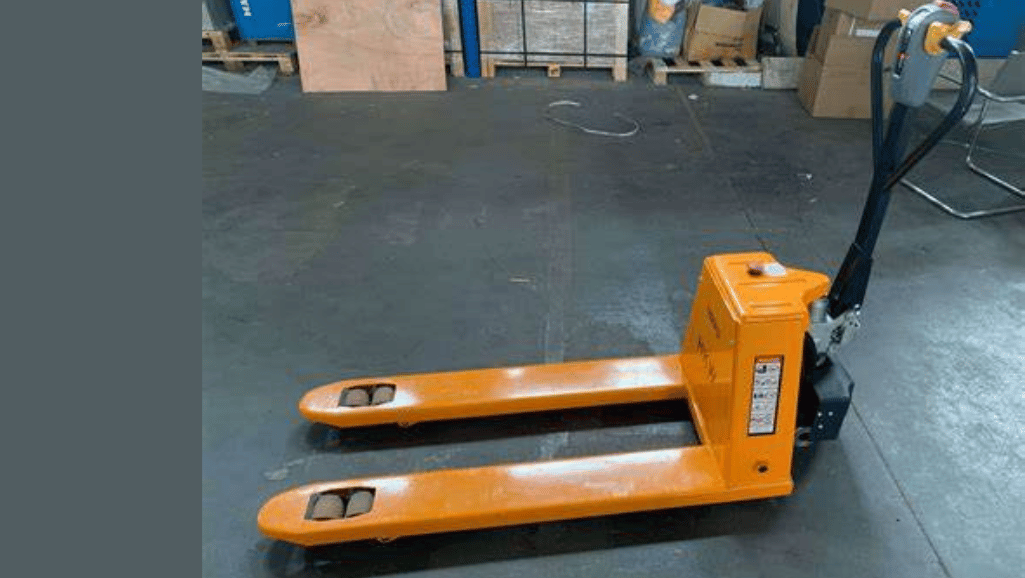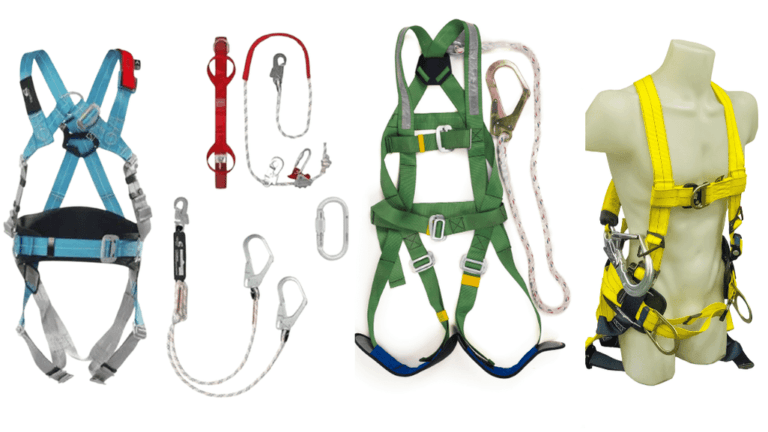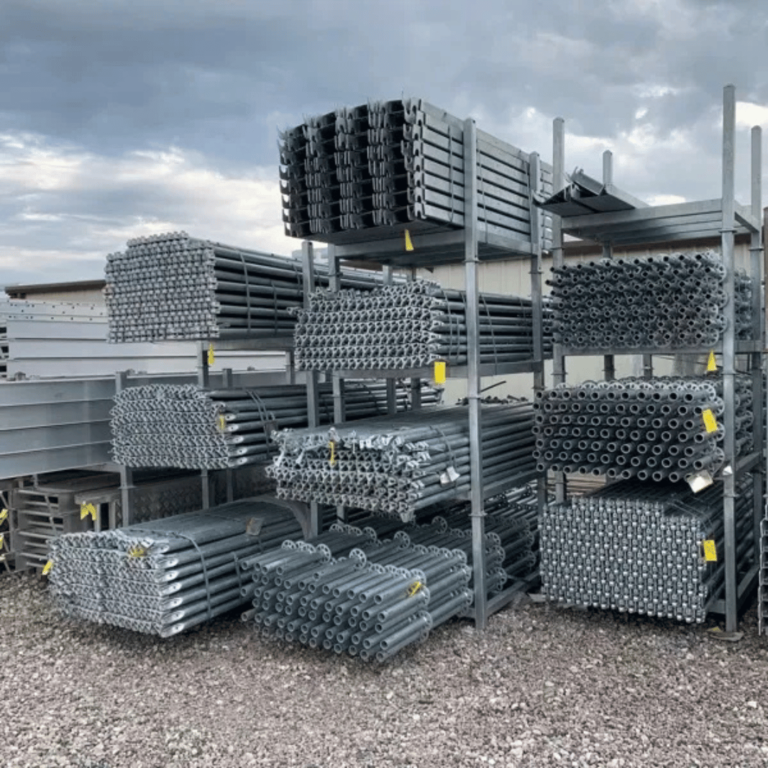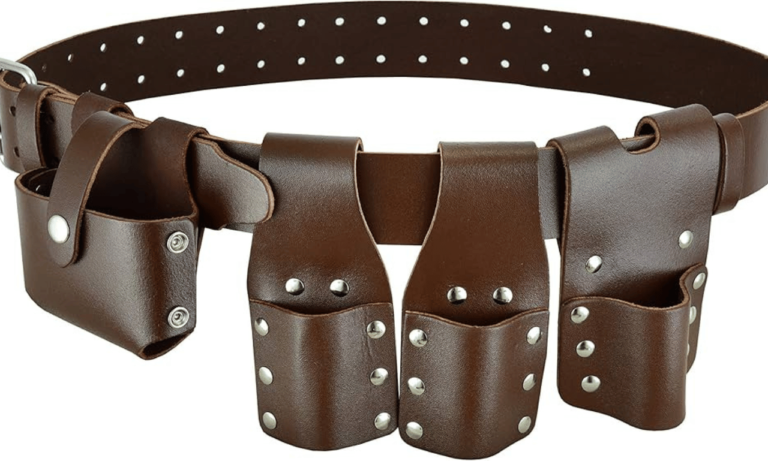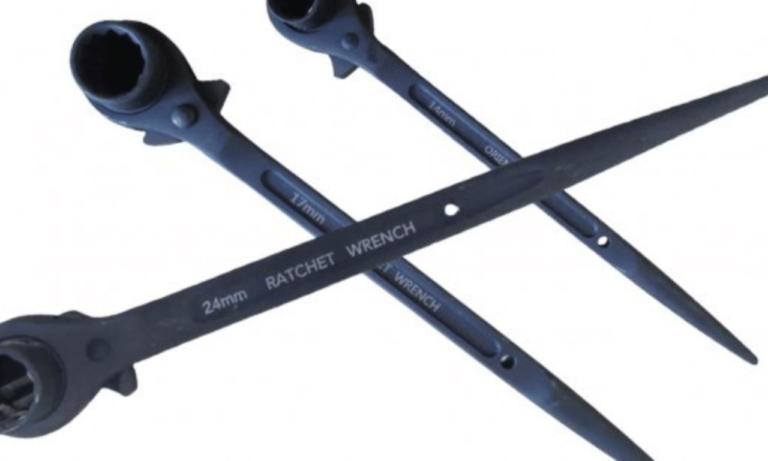Phone:
(+65)8319-0742
In today’s fast-paced warehouses, manufacturing plants, and loading docks, pallet jacks are key for moving heavy loads easily. These devices lift and move pallets with ease, making them a must-have for any industrial setting. They help reduce the effort needed to move goods and make the process smoother.
Pallet jacks, or load movers, come in manual and electric types. Manual ones are the go-to for small spaces and are affordable, lifting up to 5,500 pounds. Electric pallet jacks are better for heavy loads in big warehouses, lifting up to 4,500 pounds. They have motors for lifting and moving, making them a smart choice for boosting efficiency.
Using pallet jacks safely and efficiently means knowing how they work and how to take care of them. Training workers, checking them often, and following weight limits are key to safety. By doing this and choosing the right ladder jack scaffold, you can make your work safer, more productive, and cheaper.
Key Takeaways
- Pallet jacks are vital for moving heavy loads in warehouses and industrial areas.
- Manual pallet jacks are great for small spaces and are budget-friendly. Electric ones are better for big areas and heavy loads.
- Knowing how to use and maintain pallet jacks safely is important.
- Training workers, checking equipment, and following weight limits help prevent accidents and protect goods.
- Choosing the right pallet jacks and best practices boosts productivity, cuts costs, and makes the workplace safer.
Understanding the Basics of Pallet Jacks
Pallet jacks, also known as pallet trucks or pump trucks, are key for moving materials in warehouses and factories. They lift and move pallets over short distances, making work easier and more efficient. With over 354,000 pallet jacks in use across the USA, they help many industries and businesses.
What is a Pallet Jack?
A pallet jack is a device that lifts and moves pallets. It’s used to lift pallets off the ground and move them. Pallet trucks are great for small spaces and everyday tasks, unlike forklifts.
Types of Pallet Jacks: Manual and Electric
There are two main kinds of pallet jacks: manual and electric. Manual ones are simple to use and lift pallets by pumping a handle. They can lift up to 5,500 pounds and are easy to use in small warehouses without special training.
Electric pallet jacks are powered by batteries and lift and move pallets easily. They can lift up to 8,000 pounds. They are smooth to use, carry more weight, and have a throttle for easy movement. But, they are harder to use in tight spots, cost more, and need more maintenance. OSHA says you need training to use them safely.
| Specification | Manual Pallet Jacks | Electric Pallet Jacks |
|---|---|---|
| Load Capacity | 3,000 to 5,500 lbs | 4,500 to 8,000 lbs |
| Lift Height | 7 to 8 inches (up to 31.5 inches for high-lift models) | Around 9 inches |
| Operator Certification | Not required | Required by OSHA |
| Power Source | Manual (hydraulic pump) | Battery-powered |
Key Components of a Pallet Jack
The main parts of a pallet jack are:
- Forks: These arms slide under the pallet to lift and carry it.
- Pump Handle: In manual jacks, this handle lifts and lowers the forks.
- Lever/Control Panel: This controls the electric jack’s lifting and moving.
- Load Wheels: These wheels support the load’s weight.
- Steering Wheels: These help steer the jack.
Knowing about pallet jacks helps you pick the right one for your needs. It also ensures safe and efficient handling of materials in your place.
Benefits of Using Pallet Jacks in Material Handling
Using pallet jacks in your warehouse can make things run smoother, faster, and cheaper. These handy material handling solutions bring many benefits. They help make your warehouse work better and more efficiently.
Improved Efficiency and Productivity
Pallet jacks make it easier for workers to handle heavy loads. This means less strain and fewer injuries. According to OSHA, back injuries from lifting heavy things are a big problem, costing businesses a lot. Pallet jacks can help prevent these injuries, making work safer and more productive.
Cost-Effective Solution for Warehouses
Pallet jacks are cheaper than forklifts but still get the job done. Electric pallet jacks use less energy and cost less to run than gas-powered ones. They don’t use much power and only need to be charged now and then, saving money over time. Even though they cost more than manual jacks at first, they’re still cheaper than buying a new forklift.
| Pallet Jack Type | Typical Capacity Range | Price Range |
|---|---|---|
| Manual Pallet Jack | 5,000 to 5,500 lbs | $199 to $599 |
| Electric Pallet Jack | 2,000 to 6,000 lbs | $1,592 to $5,990 |
Versatility in Various Industries
Pallet jacks are great for many industries because they come in various sizes. They’re perfect for moving small loads over short distances. They help with getting orders ready, moving pallets for storage, and more. Retail, grocery, and personal warehousing can all use pallet jacks to make their work easier.
Safe Operation and Maintenance of Pallet Jacks
Keeping pallet jacks safe and well-maintained is key for a secure and efficient workplace. By focusing on safety and best practices, companies can cut down on accidents, injuries, and damage to equipment. This part will cover important pallet jack safety topics like operator training, checking before use, knowing the weight limits, and regular upkeep.
Proper Training for Operators
Training operators well is a top safety step for pallet jacks. Even though you don’t need a special license, training is vital to avoid accidents and injuries. Workers should learn how to handle heavy loads, move in tight spots, and know the machine’s weight limit. Training should also teach safety steps, like wearing steel-capped boots, gloves, and safety glasses.
Pre-Operational Inspection Checklist
Before using a pallet jack, check it carefully to make sure it’s ready to go. This check should cover:
- Looking for cracks, worn wheels, fork damage, chain position, and hydraulic parts condition
- Getting to know the controls
- Checking wheels for damage or wear
- Planning a safe route
- Keeping pallets in good shape to avoid accidents
Weight Capacity and Load Distribution
Putting too much weight on a pallet jack can cause accidents and harm the equipment. Never go over the machine’s weight limit, usually around 5,000 pounds for most pallet jacks. When lifting or lowering, make sure the forks are under the pallet evenly and the load is steady. Safety tips include not putting feet under the machine, lifting right, moving slowly, pushing loads, and watching out for pinch points.
Regular Maintenance and Lubrication
Keeping your pallet jack in good shape is key to avoiding injuries and keeping loads steady. Maintenance tasks include:
| Maintenance Task | Frequency |
|---|---|
| Refill or top off oil in pallet trucks with the correct viscosity oil recommended by the manufacturer | Annually |
| Lubricate the pallet truck with long-life grease, including wheels, axles, and grease fittings | Once a month and after cleaning |
| Recharge batteries for electric hand pallet trucks | Before operation to prevent downtime during shifts |
By sticking to these safe use and maintenance tips, businesses can keep their pallet jacks running well. This reduces the chance of accidents and boosts efficiency in moving materials.
Choosing the Right Pallet Jack for Your Needs
When picking pallet jacks for your work, think about a few key things. The load capacity is a big deal. Manual pallet jacks can lift up to 5,000 lb., while electric ones can lift up to 8,000 lb. Make sure the jack you pick can handle your usual loads safely and efficiently.
Deciding between electric and manual pallet jacks is also important. Electric ones, like the Yale MPC15, are safer, more efficient, and better for the environment. They’re great for loads over 5,000 lbs and can lift up to 6,000 lbs. Manual jacks are cheaper but need more work from you. They’re good for small businesses or when you’re watching your budget.
When choosing, think about your budget, how much you spend on upkeep, the size and weight of your loads, your workspace, and what you need to do.
The following table compares the key features of manual and electric pallet jacks:
| Feature | Manual Pallet Jack | Electric Pallet Jack |
|---|---|---|
| Load Capacity | Up to 5,500 lbs. | Up to 6,000 lbs. |
| Operation | Manual, requires physical effort | Battery-powered, less physical effort |
| Size | Compact, suitable for smaller spaces | Twice the size of manual pallet jacks |
| Cost | More economical | Higher initial investment and maintenance costs |
Other things to think about when picking pallet jacks include:
- Fork length and width, which should be right for the pallets you use
- The size of the pallet jack, especially in tight spaces
- How easy it is to move and use
- The total weight of the pallet jack
- Whether to buy new or used
By looking at your specific needs and weighing factors like load capacity, electric vs manual, and size, you can choose the best pallet jacks. This will help make your work better and more efficient.
Conclusion
Pallet jacks are key tools in material handling, boosting efficiency and productivity in warehouses and other fields. Choosing the right pallet jack and training operators well can make a big difference. It’s important to keep the equipment in good shape and check it before use to avoid accidents and injuries.
Knowing how much your pallet jacks can carry is key to keeping them safe and avoiding overloading. Using pallet jacks right makes moving heavy loads easier and safer for workers. By moving slowly and watching out for dangers, operators can stay in control and avoid accidents.
Buying quality pallet jacks and training your team well is a wise move for any business. With the right gear and skills, you can improve your material handling, cut costs, and make your workplace safer. Let pallet jacks help you make your warehouse operations better.

